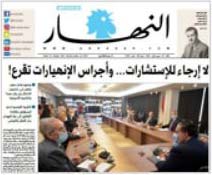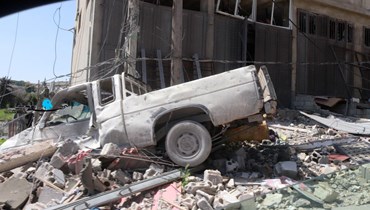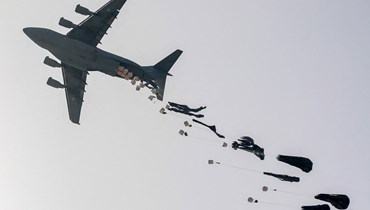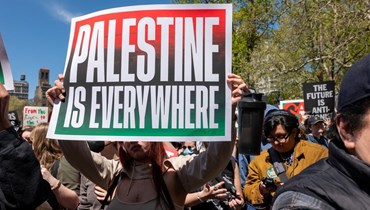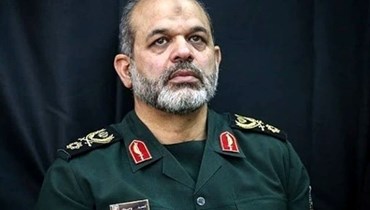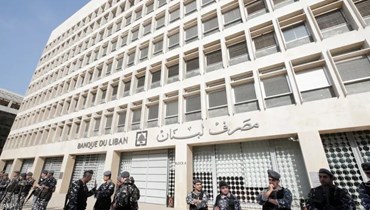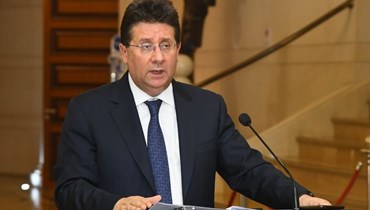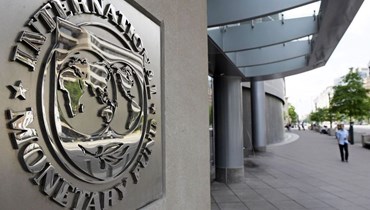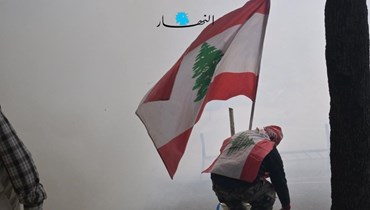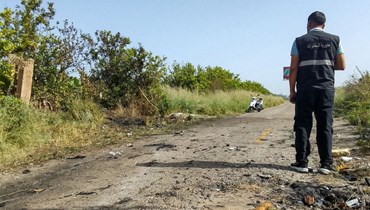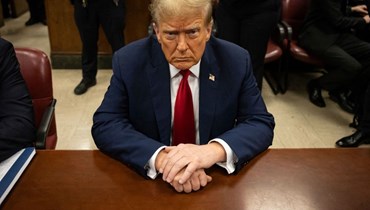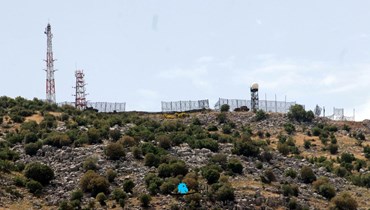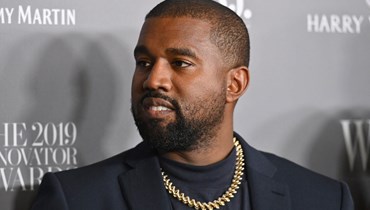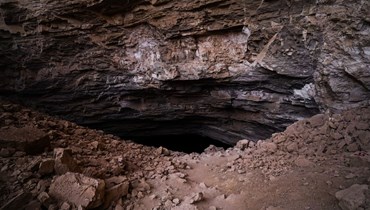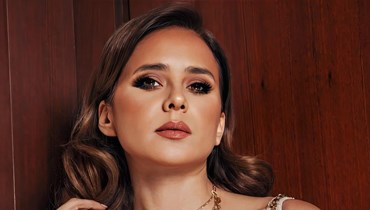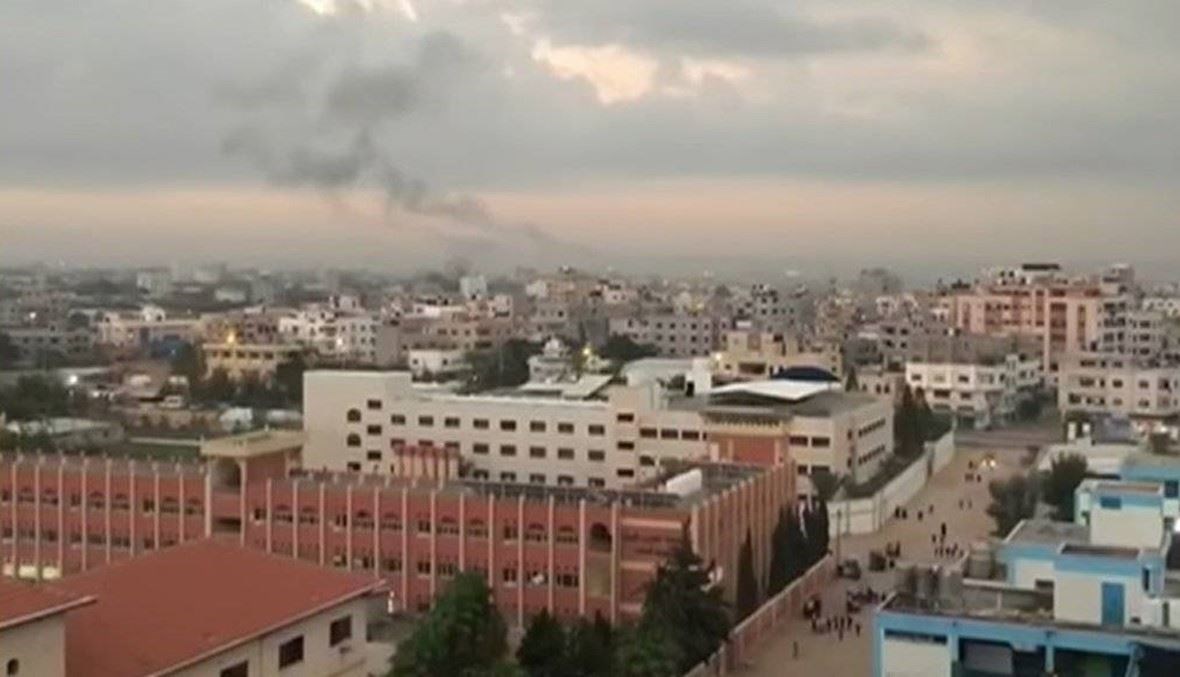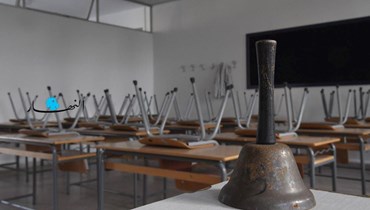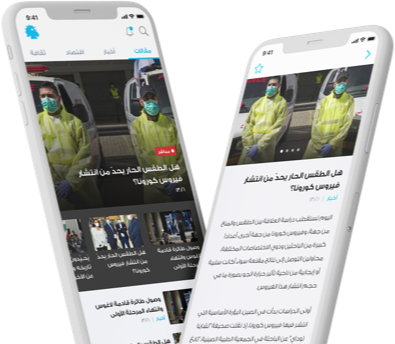Children Have Human Rights – Unless they Live in Gaza
06-11-2020 | 10:54
المصدر: النهار - Shannon Maree Torrens -Sydney -Australia
All children have the right to an education but yet some children face significant barriers to gaining this education, particularly during the current pandemic and particularly so in the Gaza Strip, home to 1 million children, where Israeli occupation has created an environment in which poverty and economic strain, in addition to unreliable electricity and internet services renders home schooling impossible or incredibly challenging for many.
This is just one of the many rights of Palestinian children that have long been violated by Israel due to occupation and Israel’s failure to ensure the basic human rights of Palestinians. United Nations experts have said that ‘all over the occupied Palestinian territory, but particularly in the Gaza Strip, we see children robbed of every right’.
The Convention on the Rights of the Child (CRC), which was adopted in November 1989 by the United Nations General Assembly, incidentally during the First Intifada is now the most widely ratified human rights treaty in history, with many of its provisions including the right to education now arguably part of customary international law and thus binding on the entire international community. These rights are thus applicable to all children, including those born in Gaza and the Occupied Palestinian Territory (OPT).
Israel ratified the CRC in 1991 and is also a party to other treaties which ensure the rights of children in the OPT such as the International Covenant on Civil and Political Rights (ICCPR), the International Covenant on Economic, Social and Cultural Rights (ICESCR) as well as the Geneva Conventions. Of particular note, pursuant to the Fourth Geneva Convention Israel has obligations as an occupying power to protect those living in its occupied territory.
Children have the right to go to school, to be safe in their homes, to access a doctor, to play and to have opportunities. They have a right to life. These rights should be respected, but yet they are not in the OPT and in particular they are not with respect to Gaza.
The UN Committee on the Rights of the Child has said that the Convention applies to the OPT which means that it is Israel’s responsibility to protect the rights of Palestinian children. In the 2004 Advisory Opinion Concerning the Legal Consequences of the Construction of a Wall in the Occupied Palestinian Territory, the International Court of Justice also affirmed that numerous human rights treaties including the CRC apply to the OPT. Israel however argues that these human rights treaties do not apply to the OPT and it is thus not responsible for their implementation - an incorrect assessment.
Children born in the OPT are born under the longest military occupation in modern history. Any child born in Gaza over the past thirteen years knows only their confinement to the coastal enclave. A select few may have been able to leave for educational opportunities but for the most part those who were born in Gaza following the blockade by Israel in 2007 remain.
Children in Gaza have faced barriers to achieving their educational potential, even prior to the pandemic due to socio-economic hardship and poverty, with the poverty level at 53% and a one in three chance that one of their parents is unable to find employment. Even if they do complete their education, children will likely be aware that with more than 50 per cent unemployment it will be extremely difficult for them to find a job.
No child, or human being should be forced to live in a place that has been deemed “uninhabitable” by the United Nations. Today 80% of the people in the Gaza Strip depend on humanitarian aid and one million people in Gaza do not have enough food for their families. This is not an environment in which children can live, let alone thrive.
Children throughout the OPT suffer from the infringement of their rights. In the West Bank children must deal with the demolition of their homes and abusive treatment by Israeli security forces, including chokeholds, beatings and coercive interrogations used on children as young as 11 years of age.
Violence against children by Israel is therefore a significant issue. UNICEF has said that children in Palestine ‘are exposed to unacceptable levels of violence on the way to and from school, during school, and in their homes’.
The two main sources of this violence are firstly violence from the occupation and the Israeli-Palestinian conflict and secondly high rates of family violence which is the result of stress relating to the first reason, occupation and conflict. 50 per cent of Palestinian households in the OPT are exposed to violence from Israeli security forces and in the West Bank, there is also violence from settlers.
Children in the Gaza Strip have also been subjected to numerous wars, most recently in 2014 with Operation Protective Edge and the commission of war crimes. UNICEF has called for the protection of children in the Gaza Strip, noting that ‘it is imperative that all actors on all sides put the protection of children first’.
Children in various generations in the OPT have also lived through the First Intifada, the Second Intifada, as well as border clashes. Children are drawn into the conflict and join border protests, only to be maimed or killed. That is if they are not maimed or killed due to bombardments while they are in their own homes, schools or health facilities.
Children lose family members and friends and their sense that the world is a safe, peaceful place. They lose their homes and must live in inadequate housing. It is therefore unsurprising that given this grave situation, young people in Gaza resort to suicide.
The mental health of children in Palestine is a serious issue as the mental health repercussions of living through this trauma are significant. Children in Gaza suffer from psychological distress due to violence, uncertainty from conflict, the bombing of their homes and the presence of death in their daily lives.
These mental health issues are often not possible to treat in the dilapidated health facilities in Gaza. Border closures and constant denial of humanitarian access into Israel and the West Bank also mean that children cannot leave Gaza for medical care.
Not only Israel, but also Palestinian authorities must protect the rights of children in the OPT. In assessing Palestine’s implementation of the Convention, to which it has been a state party to since 2014, the Committee on the Rights of the Child noted how occupation has created an ‘extremely challenging environment’ in the OPT.
It was noted by the Committee that the situation in the OPT is defined by occupation, blockade, settlement and violence but that more needs to be done for children by Palestinian authorities including protecting them from violence and focusing on children with disabilities and mental health concerns.
And while Palestinian leaders must indeed step up to protect the rights of their children, Israel’s occupation is the root cause of this devastation. The children of Palestine really deserve better from everyone. Their lives and wellbeing are worth more than whatever political objective is being reached through the blockade of Gaza and the occupation as a whole.
This is just one of the many rights of Palestinian children that have long been violated by Israel due to occupation and Israel’s failure to ensure the basic human rights of Palestinians. United Nations experts have said that ‘all over the occupied Palestinian territory, but particularly in the Gaza Strip, we see children robbed of every right’.
The Convention on the Rights of the Child (CRC), which was adopted in November 1989 by the United Nations General Assembly, incidentally during the First Intifada is now the most widely ratified human rights treaty in history, with many of its provisions including the right to education now arguably part of customary international law and thus binding on the entire international community. These rights are thus applicable to all children, including those born in Gaza and the Occupied Palestinian Territory (OPT).
Israel ratified the CRC in 1991 and is also a party to other treaties which ensure the rights of children in the OPT such as the International Covenant on Civil and Political Rights (ICCPR), the International Covenant on Economic, Social and Cultural Rights (ICESCR) as well as the Geneva Conventions. Of particular note, pursuant to the Fourth Geneva Convention Israel has obligations as an occupying power to protect those living in its occupied territory.
Children have the right to go to school, to be safe in their homes, to access a doctor, to play and to have opportunities. They have a right to life. These rights should be respected, but yet they are not in the OPT and in particular they are not with respect to Gaza.
The UN Committee on the Rights of the Child has said that the Convention applies to the OPT which means that it is Israel’s responsibility to protect the rights of Palestinian children. In the 2004 Advisory Opinion Concerning the Legal Consequences of the Construction of a Wall in the Occupied Palestinian Territory, the International Court of Justice also affirmed that numerous human rights treaties including the CRC apply to the OPT. Israel however argues that these human rights treaties do not apply to the OPT and it is thus not responsible for their implementation - an incorrect assessment.
Children born in the OPT are born under the longest military occupation in modern history. Any child born in Gaza over the past thirteen years knows only their confinement to the coastal enclave. A select few may have been able to leave for educational opportunities but for the most part those who were born in Gaza following the blockade by Israel in 2007 remain.
Children in Gaza have faced barriers to achieving their educational potential, even prior to the pandemic due to socio-economic hardship and poverty, with the poverty level at 53% and a one in three chance that one of their parents is unable to find employment. Even if they do complete their education, children will likely be aware that with more than 50 per cent unemployment it will be extremely difficult for them to find a job.
No child, or human being should be forced to live in a place that has been deemed “uninhabitable” by the United Nations. Today 80% of the people in the Gaza Strip depend on humanitarian aid and one million people in Gaza do not have enough food for their families. This is not an environment in which children can live, let alone thrive.
Children throughout the OPT suffer from the infringement of their rights. In the West Bank children must deal with the demolition of their homes and abusive treatment by Israeli security forces, including chokeholds, beatings and coercive interrogations used on children as young as 11 years of age.
Violence against children by Israel is therefore a significant issue. UNICEF has said that children in Palestine ‘are exposed to unacceptable levels of violence on the way to and from school, during school, and in their homes’.
The two main sources of this violence are firstly violence from the occupation and the Israeli-Palestinian conflict and secondly high rates of family violence which is the result of stress relating to the first reason, occupation and conflict. 50 per cent of Palestinian households in the OPT are exposed to violence from Israeli security forces and in the West Bank, there is also violence from settlers.
Children in the Gaza Strip have also been subjected to numerous wars, most recently in 2014 with Operation Protective Edge and the commission of war crimes. UNICEF has called for the protection of children in the Gaza Strip, noting that ‘it is imperative that all actors on all sides put the protection of children first’.
Children in various generations in the OPT have also lived through the First Intifada, the Second Intifada, as well as border clashes. Children are drawn into the conflict and join border protests, only to be maimed or killed. That is if they are not maimed or killed due to bombardments while they are in their own homes, schools or health facilities.
Children lose family members and friends and their sense that the world is a safe, peaceful place. They lose their homes and must live in inadequate housing. It is therefore unsurprising that given this grave situation, young people in Gaza resort to suicide.
The mental health of children in Palestine is a serious issue as the mental health repercussions of living through this trauma are significant. Children in Gaza suffer from psychological distress due to violence, uncertainty from conflict, the bombing of their homes and the presence of death in their daily lives.
These mental health issues are often not possible to treat in the dilapidated health facilities in Gaza. Border closures and constant denial of humanitarian access into Israel and the West Bank also mean that children cannot leave Gaza for medical care.
Not only Israel, but also Palestinian authorities must protect the rights of children in the OPT. In assessing Palestine’s implementation of the Convention, to which it has been a state party to since 2014, the Committee on the Rights of the Child noted how occupation has created an ‘extremely challenging environment’ in the OPT.
It was noted by the Committee that the situation in the OPT is defined by occupation, blockade, settlement and violence but that more needs to be done for children by Palestinian authorities including protecting them from violence and focusing on children with disabilities and mental health concerns.
And while Palestinian leaders must indeed step up to protect the rights of their children, Israel’s occupation is the root cause of this devastation. The children of Palestine really deserve better from everyone. Their lives and wellbeing are worth more than whatever political objective is being reached through the blockade of Gaza and the occupation as a whole.
Shannon Maree Torrens is an international and human rights lawyer from Sydney, Australia. She has worked at the UN international criminal courts and tribunals and holds a PhD in international criminal law from the University of Sydney.


 اشترِك في نشرتنا الإخبارية
اشترِك في نشرتنا الإخبارية


